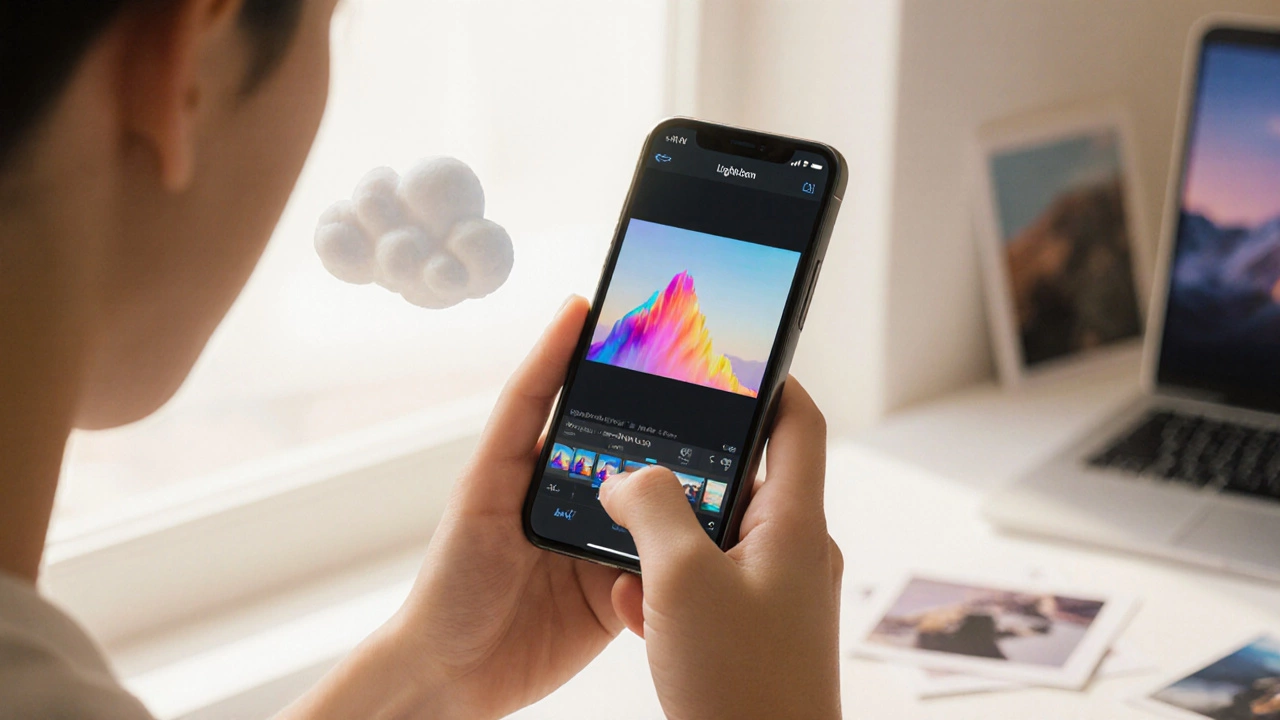Photo Editing App: Tools, Tips, and Trends
When working with photo editing app, a software that lets you modify, enhance, and share images directly from a device. Also known as image editor, it enables users to transform raw snaps into polished visuals. Another key player is free photo editor, a no‑cost option that offers basic filters, cropping, and retouching without hidden fees, which often influences which photo editing app you’ll pick based on budget and feature set. For creators who want to compile memories, a photo book app, an application that turns digital photos into printed albums expands the ecosystem, while photoshop alternatives, software that rivals Adobe Photoshop in capabilities and price offer professional‑grade tools for power users.
These entities are tightly linked. A photo editing app often requires a mobile device or computer (subject‑predicate‑object: "photo editing app requires device"). Free photo editor choices can dictate adoption rates ("free photo editor influences user decision"). Photo book apps depend on the output quality of the editing app ("photo book app utilizes edited images"). And Photoshop alternatives push the market to innovate faster ("photoshop alternatives drive feature advancement"). Understanding these connections helps you pick the right mix for personal projects or business workflows.
Choosing the Right App for Your Needs
If you just need quick tweaks—brightening, cropping, or adding a filter—a free photo editor is usually enough. Look for apps that support RAW files, batch processing, and no watermarks. When you need more control, such as layers, masks, or precise color grading, a Photoshop alternative like Affinity Photo or GIMP will match professional standards without the subscription cost. For photographers who love tangible prints, a photo book app that integrates directly with your editing workflow saves time and guarantees color fidelity.
Another factor is platform compatibility. Android users often gravitate toward apps like Snapseed or Lightroom Mobile, while iOS fans may prefer VSCO or Pixelmator. Desktop‑focused alternatives, such as Krita or Photopea, bridge the gap for those who edit on laptops. Each ecosystem brings its own set of shortcuts, plugins, and community tutorials, making learning curves vary.
Pricing models also matter. Some apps offer a one‑time purchase, others a freemium tier that unlocks premium filters after a trial. Free photo editor options remain popular because they keep entry barriers low, especially for students or hobbyists. Meanwhile, subscription‑based Photoshop alternatives often include cloud storage, which is handy for backing up high‑resolution edits.
In 2025, AI‑driven features are reshaping the landscape. Auto‑enhance, background removal, and smart object selection are now standard in many apps, blurring the line between free tools and paid suites. Keep an eye on updates; a free app today might gain a powerful AI filter tomorrow, altering your workflow.
Below you’ll find a curated collection of articles that dive deeper into each of these areas—from the best free editors and top Photoshop alternatives to step‑by‑step guides on creating photo books and leveraging AI in your edits. Grab the tips that match your skill level, and start turning everyday shots into standout visuals.
